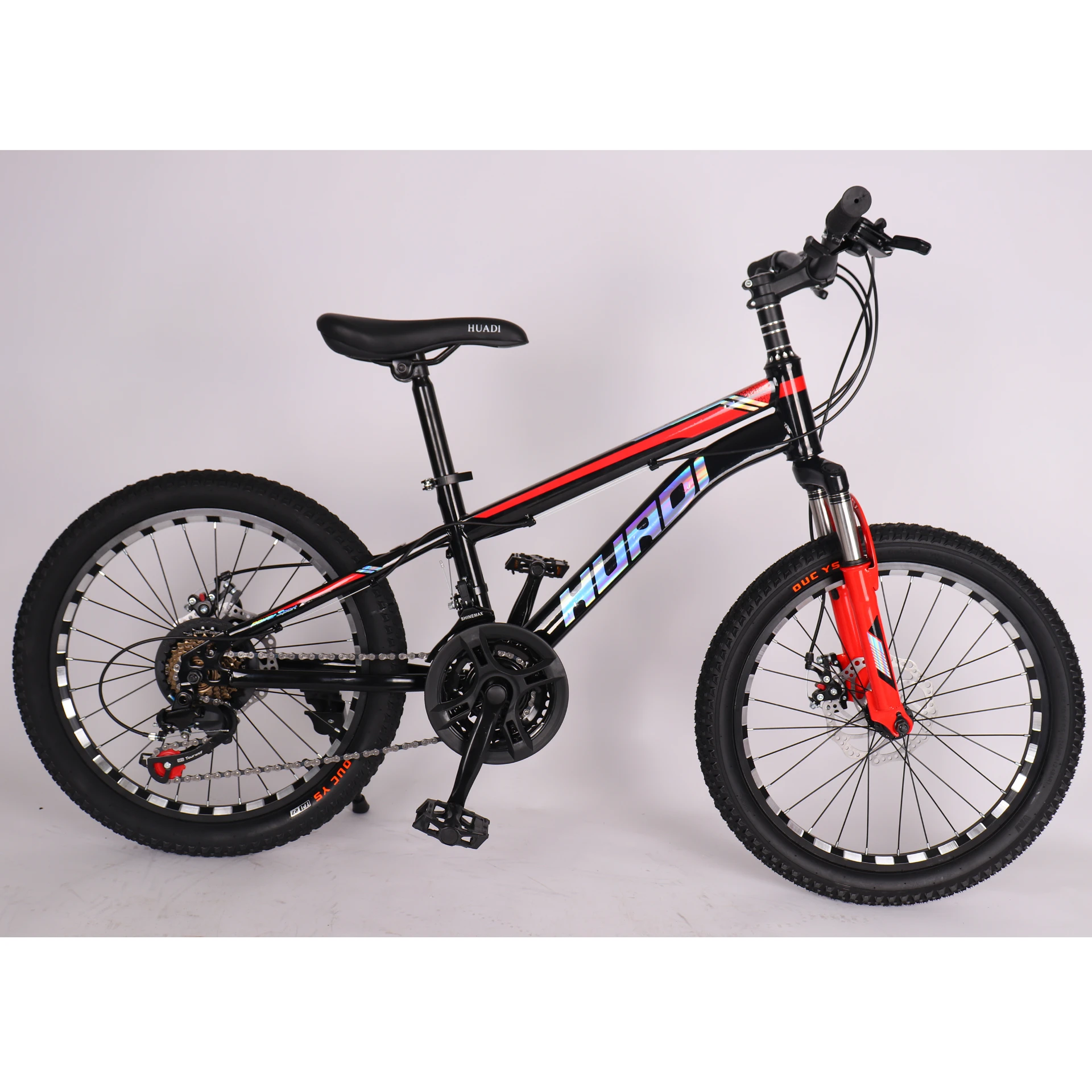childrens bike size guide
A Comprehensive Guide to Children's Bike Size
Choosing the right bike size for your child is crucial for their safety, comfort, and enjoyment while riding. With numerous options available, understanding the different bike sizes can be overwhelming. This guide aims to assist parents in selecting the right bike for their child based on their age, height, and riding experience.
Importance of Proper Bike Size
A properly sized bike allows children to maintain control while riding, reducing the risk of falls and accidents. Bikes that are too large or too small can cause discomfort, making it challenging for children to pedal freely or stop safely. When kids can confidently operate their bike, they are more likely to develop a love for cycling, which can promote a healthy lifestyle from a young age.
Measuring Your Child for a Bike
To accurately determine the correct bike size, you'll need to measure your child's height and inseam. Here’s how you can do it
1. Height Measurement Stand your child against a wall and mark their height using a pencil. Measure from the floor to the mark to get the height in inches or centimeters.
2. Inseam Measurement Have your child stand barefoot with their feet about 6 inches apart. Measure from the ground up to the crotch, ensuring the tape is straight. This measurement helps determine the appropriate frame size.
Bike Size Chart
Most children's bikes are categorized by wheel size, which generally correlates with a child's height
. Here’s a basic bike size chart to guide youchildrens bike size guide

- 12-inch wheels Suitable for children aged 2-4 years, or those with a height of 28-38 inches (71-97 cm). - 16-inch wheels Ideal for ages 4-6 years, or a height of 36-42 inches (91-107 cm). - 20-inch wheels Designed for ages 5-8 years, corresponding to heights of 42-48 inches (107-122 cm). - 24-inch wheels Best for ages 8-11 years, with heights ranging from 48-56 inches (122-142 cm). - 26-inch wheels Typically fit children aged 11 and up, or those who are 56 inches tall and above (142 cm+).
Keep in mind that these are general guidelines. Individual growth patterns may vary, so it is crucial to assess your child's unique needs.
Test Riding the Bike
Once you narrow down the size options, it is beneficial to have your child test ride the bike. Ensure they can
- Touch the ground When seated, their feet should comfortably reach the ground. - Pedal easily They should be able to pedal without obstruction, and their knees should have enough space. - Use the brakes When sitting on the saddle, they should easily reach the handlebars and be able to squeeze the brakes with control.
Buying Considerations
When purchasing a bike, also consider the type of riding your child will be doing. From BMX to mountain biking, different activities can require specific bike features, such as suspension or gearing. If your child is just starting, a single-speed bike may suffice, while more experienced riders might appreciate the challenges offered by multi-speed bikes.
Another factor to consider is the weight of the bike. Lighter bikes are easier for kids to handle and maneuver. Always prioritize quality and safety by opting for brands known for durability and reliable components.
Conclusion
Choosing the right bike size for your child is a pivotal step in fostering a love for cycling and ensuring their safety. By understanding measurements, consulting the bike size chart, and allowing test rides, parents can make informed decisions. Remember, a well-fit bike not only enhances your child’s riding experience but also instills confidence, encouraging them to explore the outdoors while enjoying exercise and fresh air. As your child grows, regularly revisit the bike size, ensuring they always have the right fit for their age and development. Happy cycling!
-
Three-Wheel Light-Up Scooter Benefits for KidsNewsJul.11,2025
-
The Importance of Helmet Safety When Using a Kids ScooterNewsJul.11,2025
-
Nurturing Early Mobility with an Infant ScooterNewsJul.11,2025
-
How to Choose the Safest Tricycle for KidsNewsJul.11,2025
-
Fixing a Squeaky Baby Push Tricycle in MinutesNewsJul.11,2025
-
Cleaning and Maintaining a Tricycle for Big KidNewsJul.11,2025
-
Unleash Fun and Safety with Our Premium Kids Scooter CollectionNewsJun.06,2025








